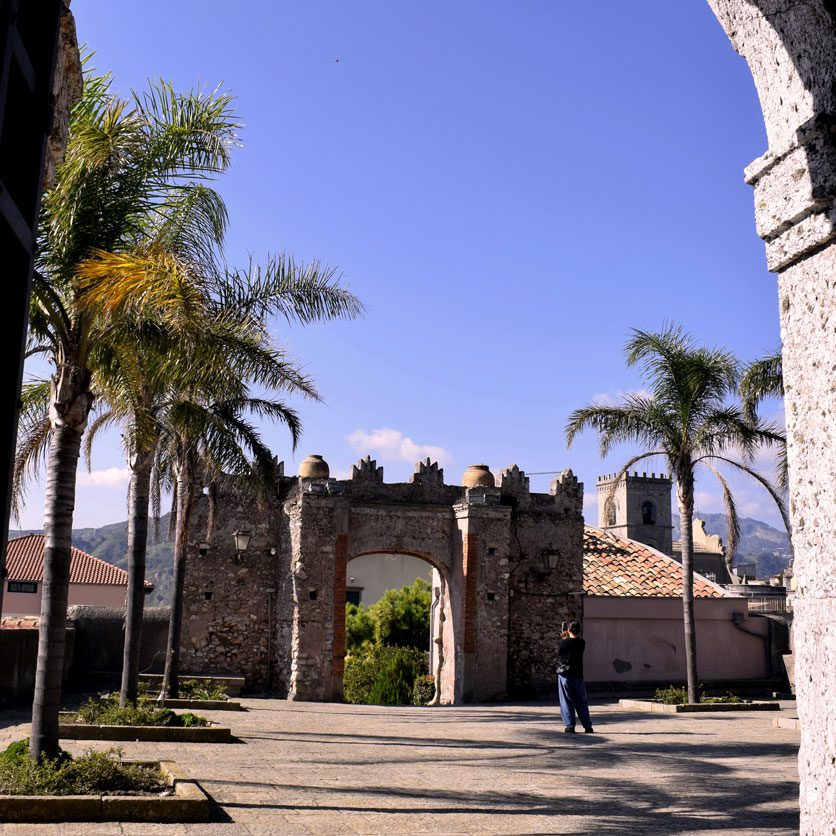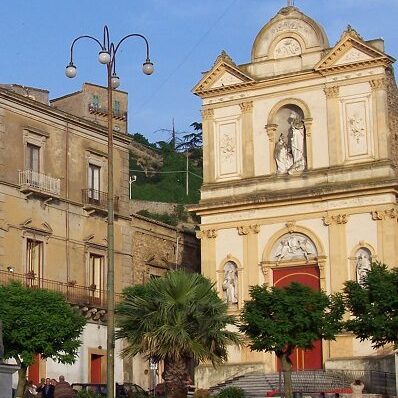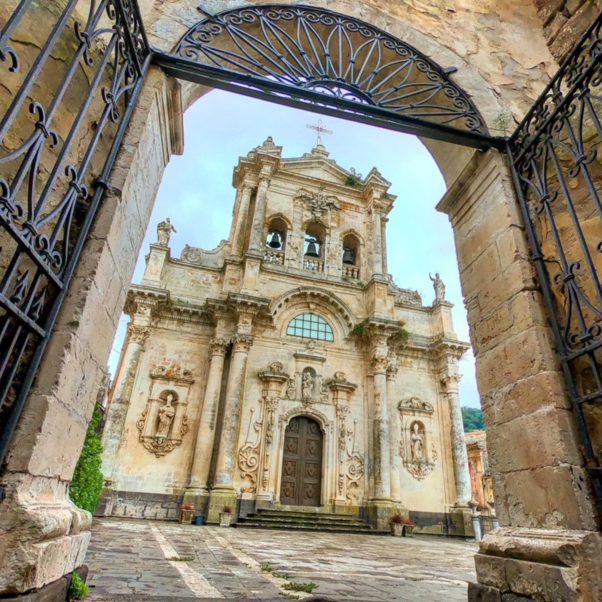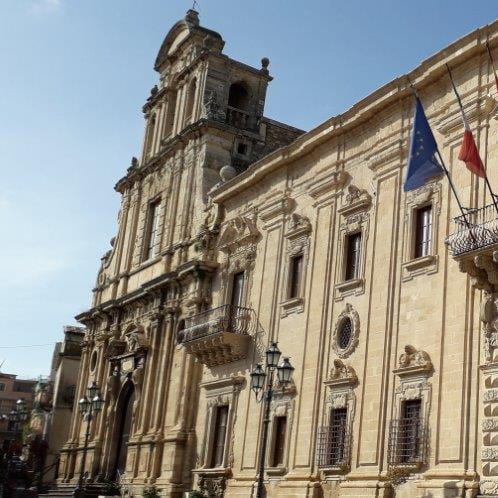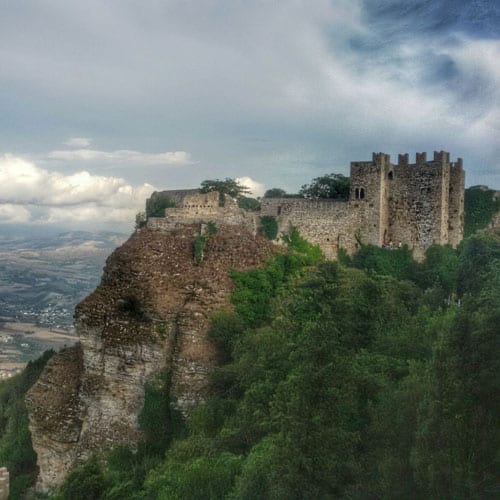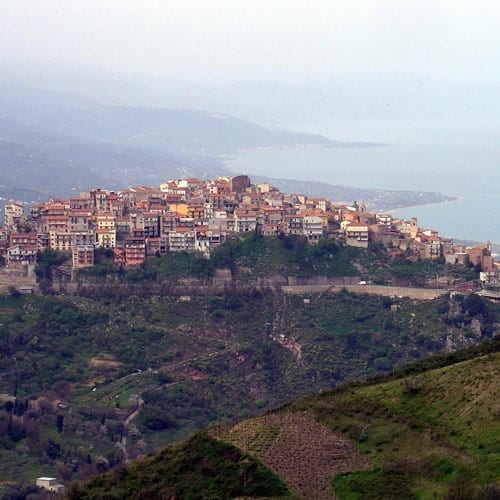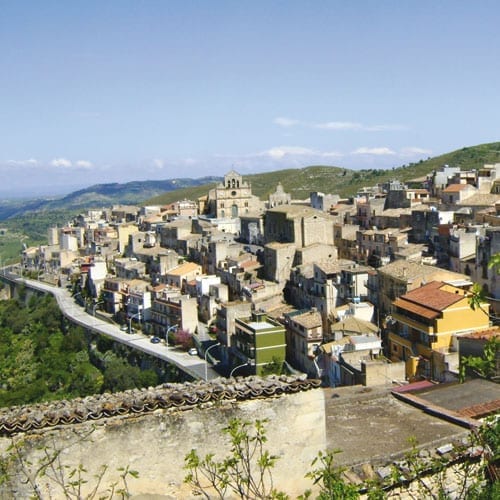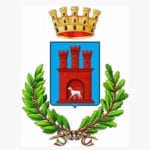 Troina
Troina
The First Norman Capital in Sicily
municipality of Troina
(Province of Enna)
Altitude
m. 1121 s.l.m.
population
9202 (1673 nel borgo)
Patron saint
San Silvestro monaco basiliano, 2 gennaio
turist information
Ufficio Informazioni Turistiche
Via Conte Ruggero n. 6
+39 0935 937178
www.enjoytroina.it
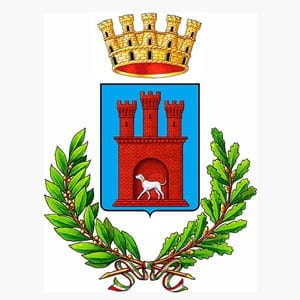
Troina has always been a military fortress due to its strategic position, it served that purpose throughout history for the Greeks, the Romans, the Byzantines and the Arabs. The first inhabited centre dates from the 4th century BC. During the Norman period, in 1060, it was chosen by Roger of Sicily as his seat of power. He took over the Saracen’s Castle, built new churches and convents, and made Troina the first capital of Sicily. Built into some sections of the Hellenistic city walls, the Castle of Troina dominated the underlying valley from the rocky plateau of Mount Troina. The Cathedral and fine Norman tower are dedicated to Maria Santissima Assunta and was Sicily’s first bishop’s seat. The Oratory of SS. Sacramento replaces the crypt and transept of the cathedral. The defensive needs and the military importance of the town ceased and by 1409 only the great Torre Capitania remained, it now hosts the Civic Art Gallery: the most outstanding artwork kept here is the Portrait of Paul III Farnese by Titian, the only work by the artist that can be found south of Naples. Passing under the bell tower, a small road leads to a district that still retains its medieval layout and whose name, Scalforio, derived from Arabic, means ‘outside the walls’ and marks the end of the fortified castle town.
The local craftsman’s products include wrought iron and inlaid woodwork, the monastic-inspired art of embroidery and the making of traditional tammura (drums) from tanned leather and scanni (small stools).
- Vastedda co sammucu Festival: it takes place every year in mid-June and celebrates the most delicious dish of the area: “Vastedda co sammucu” is a focaccia filled with typical salami and cheese, enriched by the fragrance of elder flowers.
- The feast of San Silvestro, the borgo’s Patron Saint is celebrated from late May to the first week of June, with a series of pilgrimages on foot and on horseback from the Church of San Silvestro.


